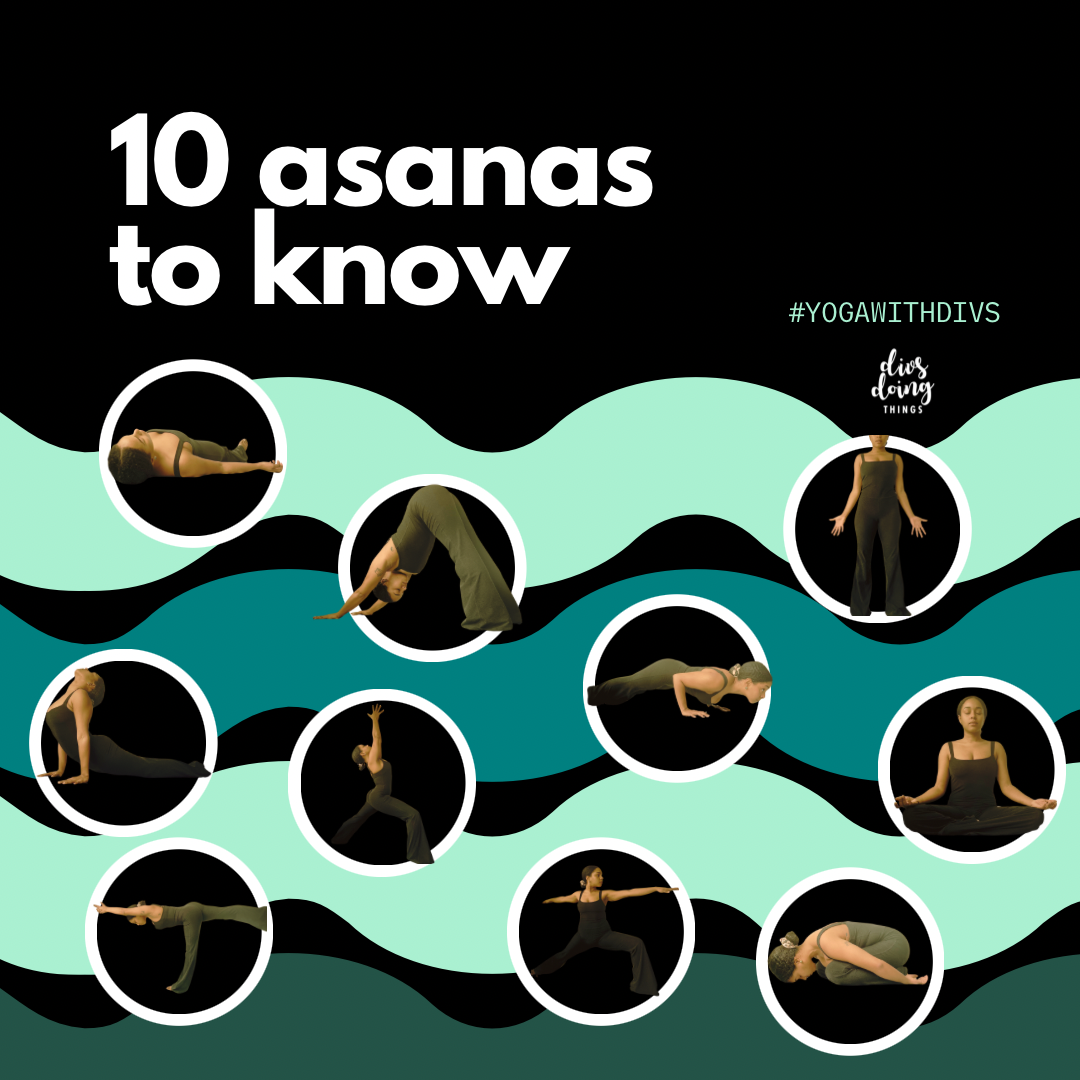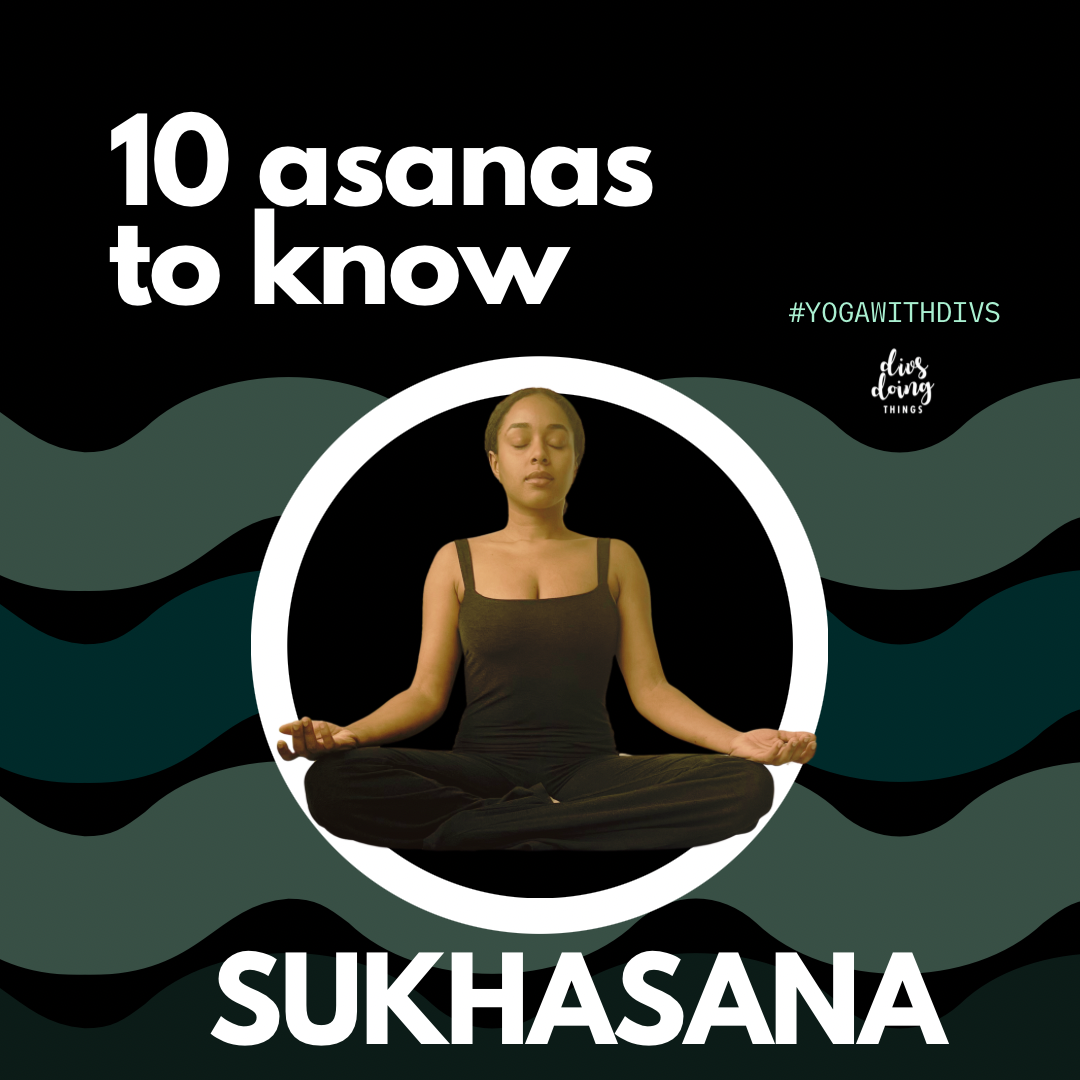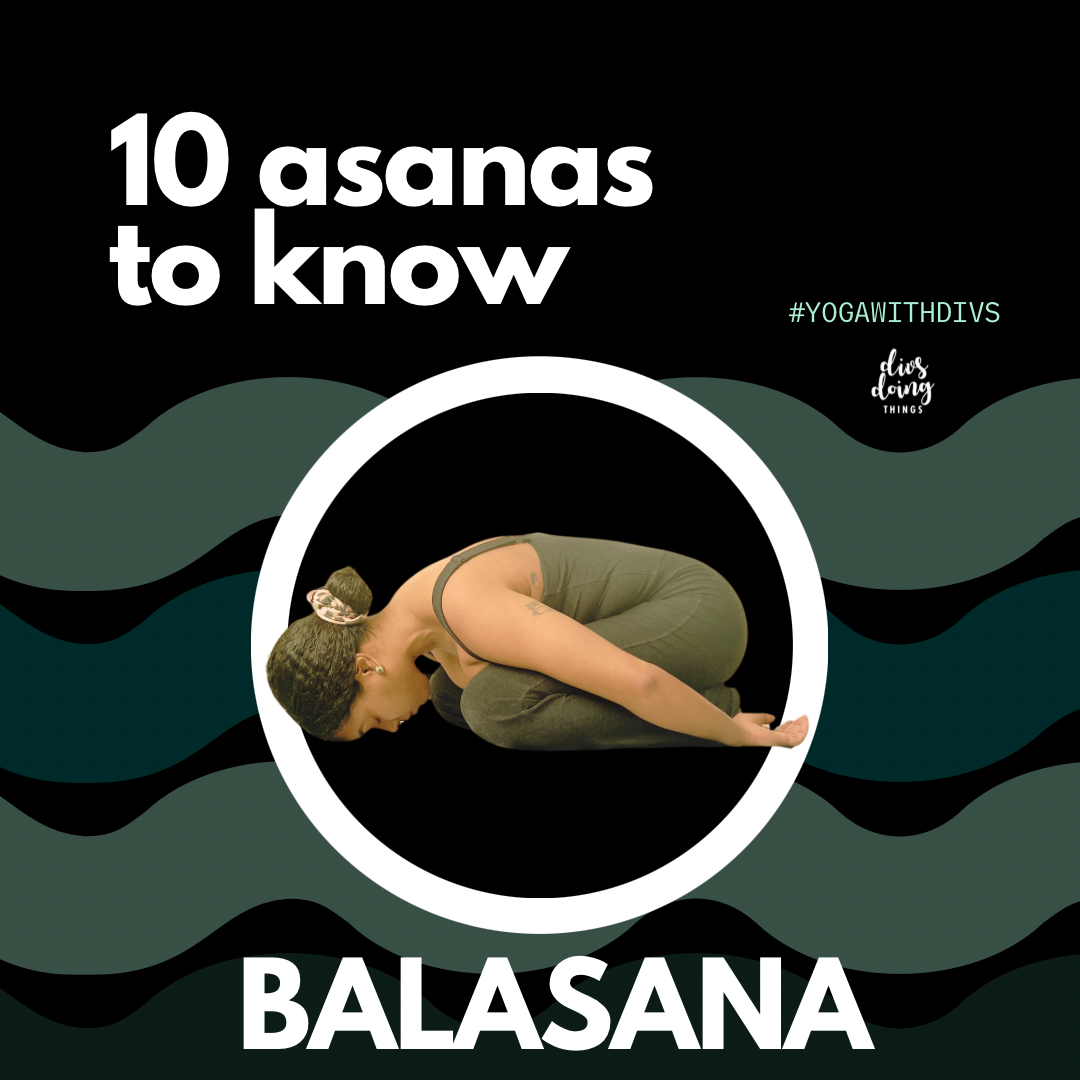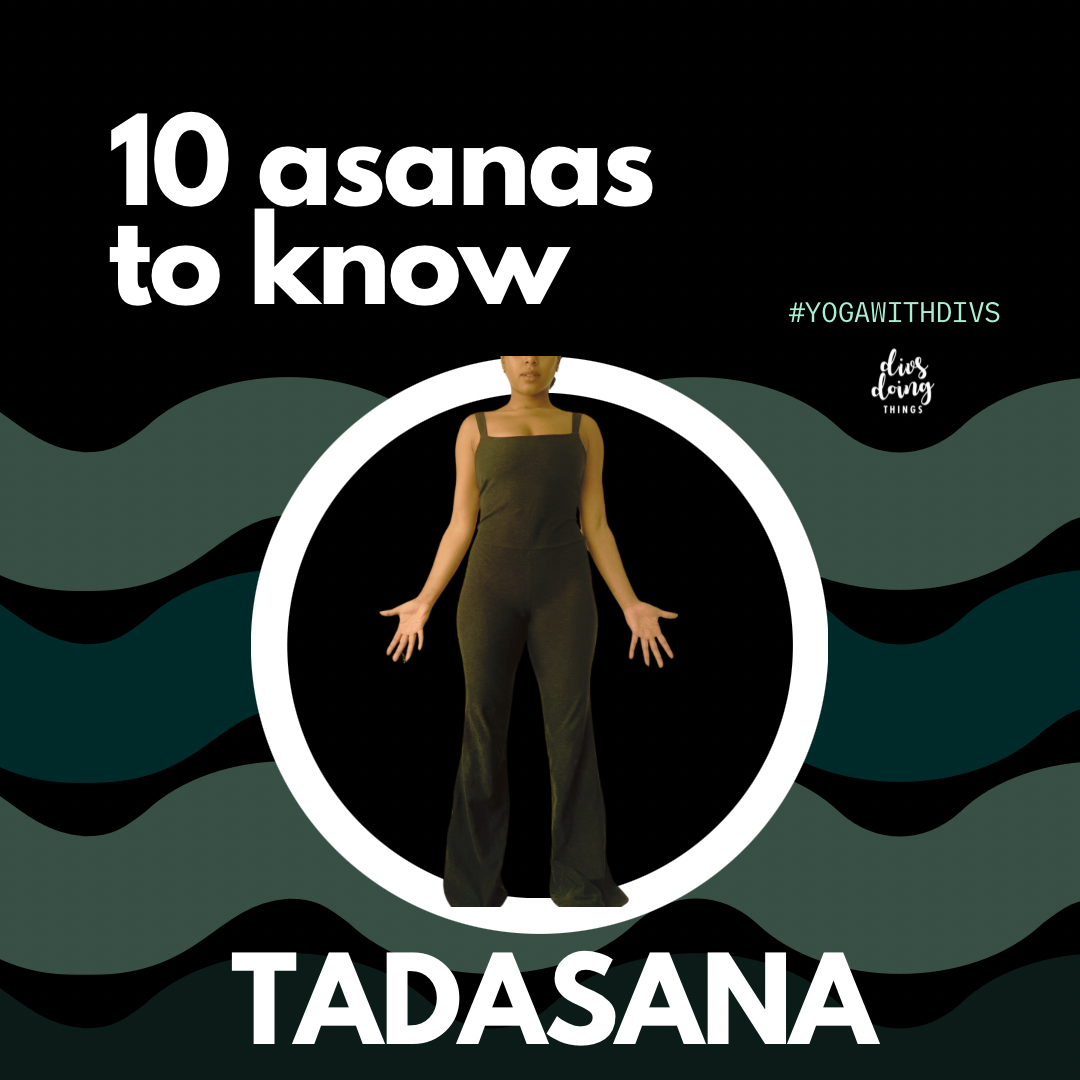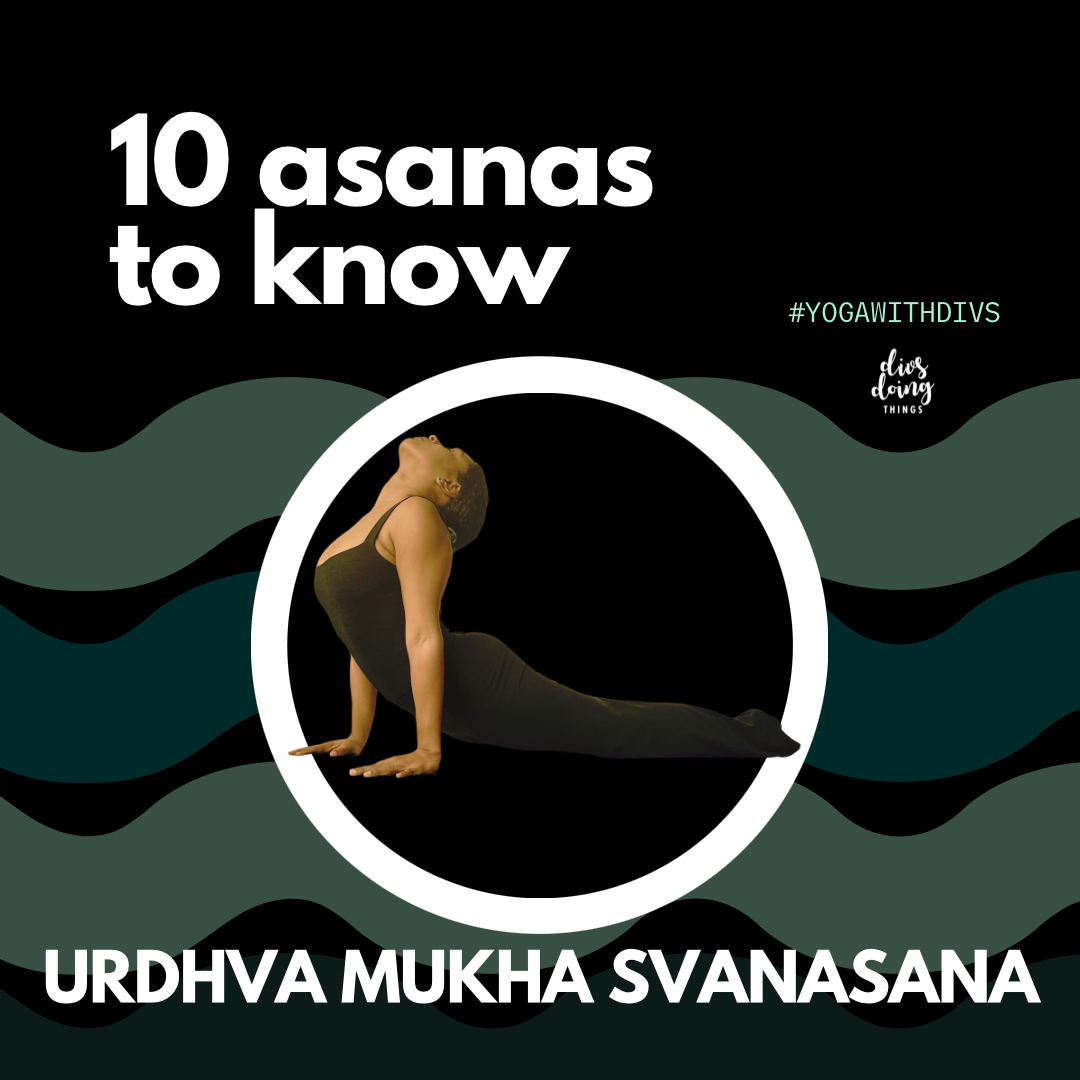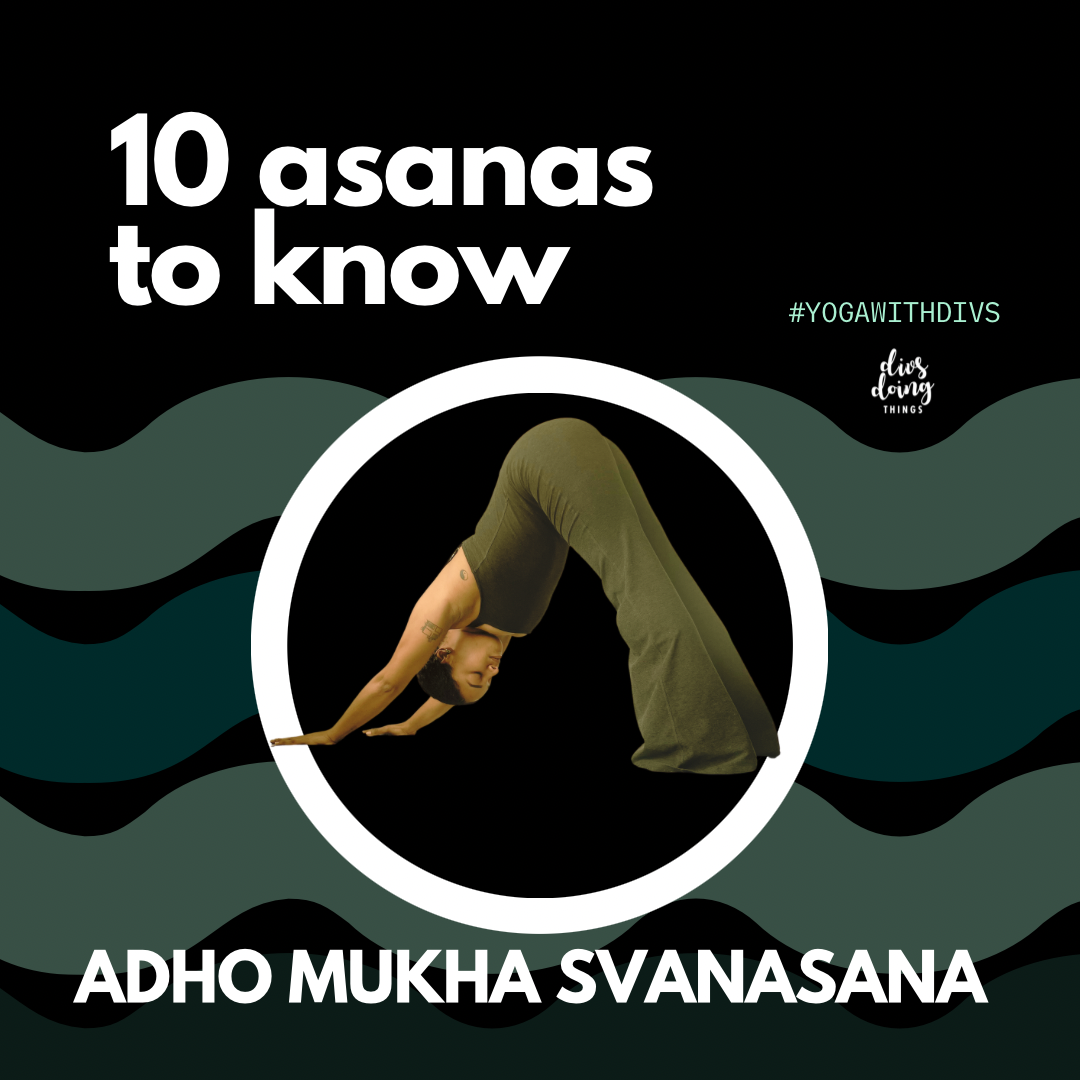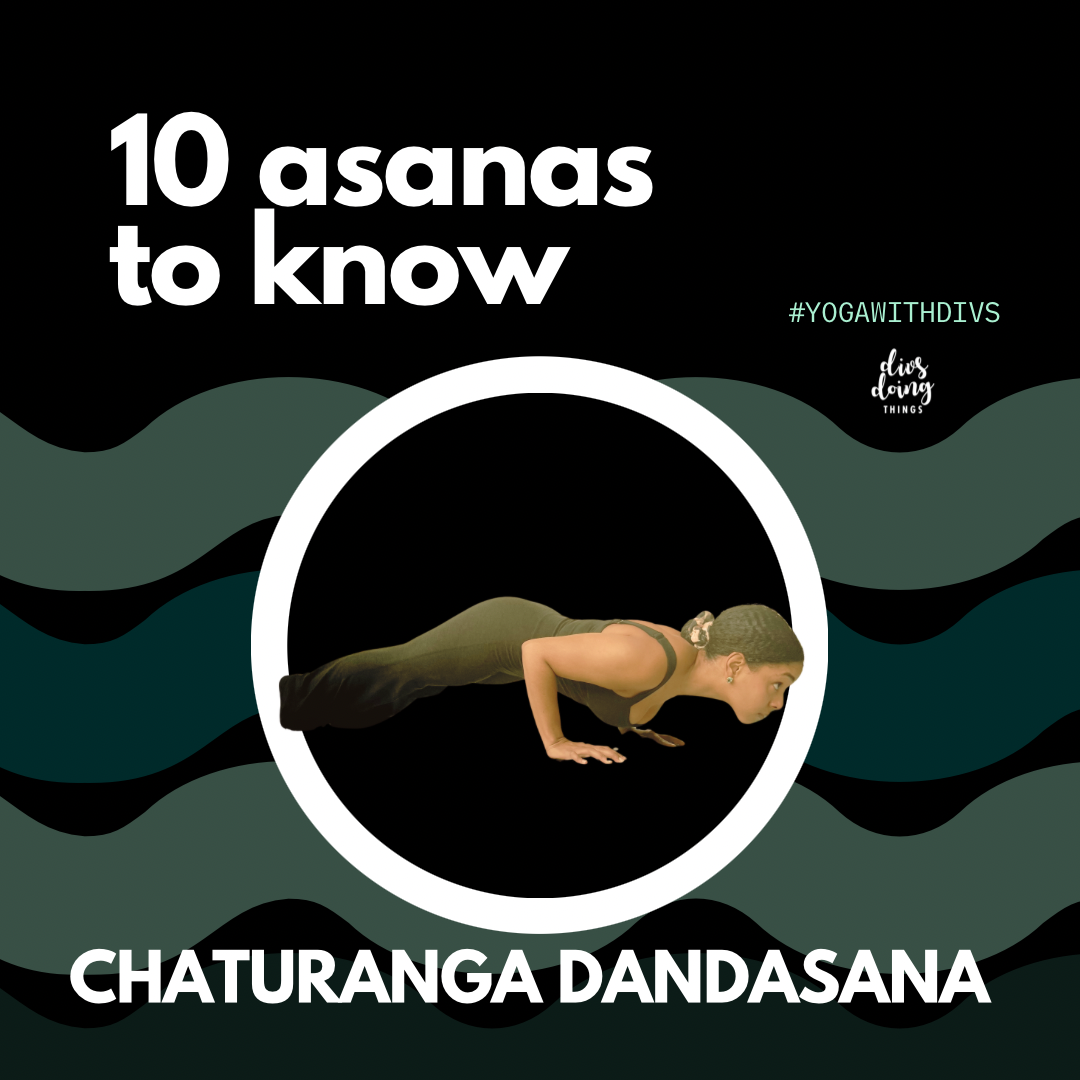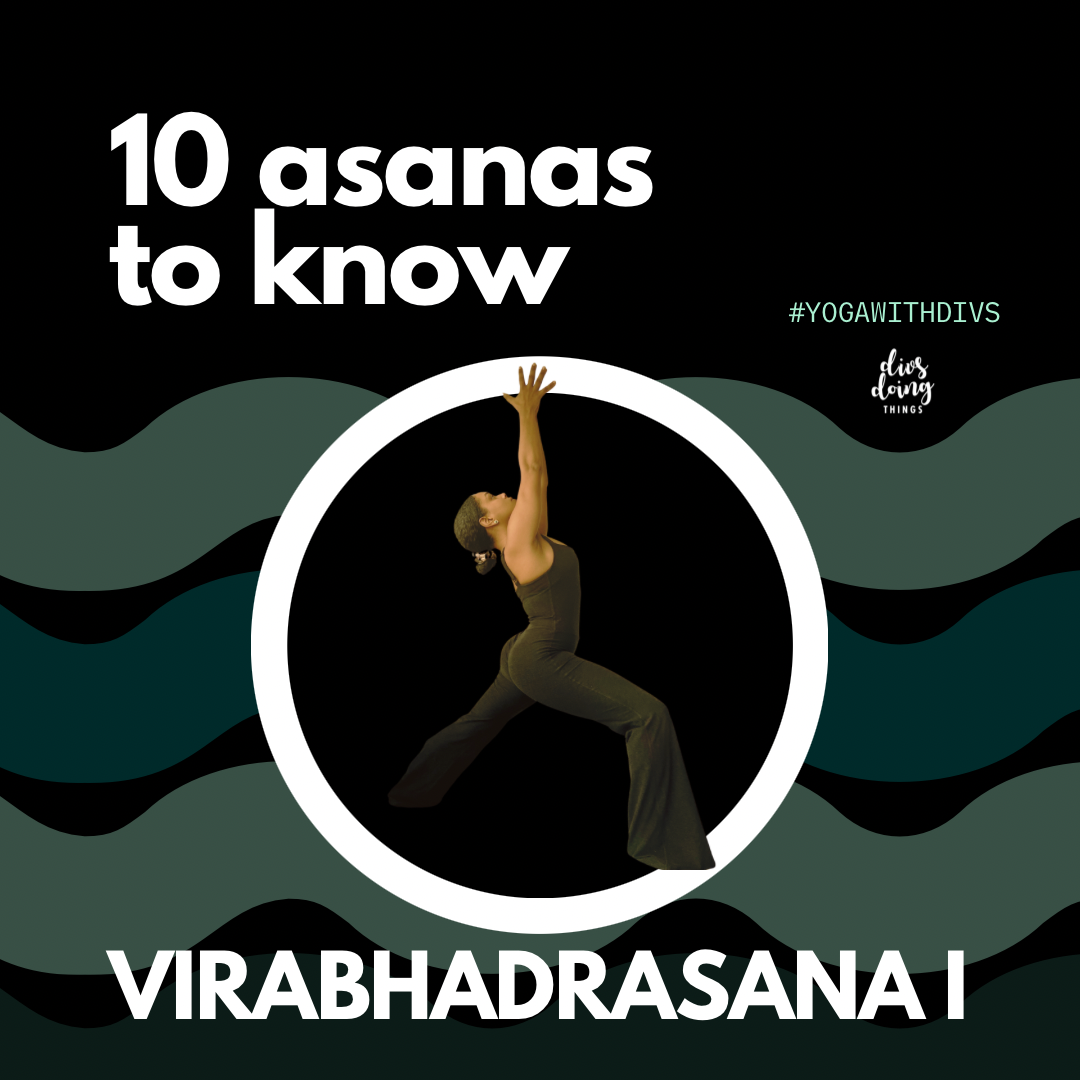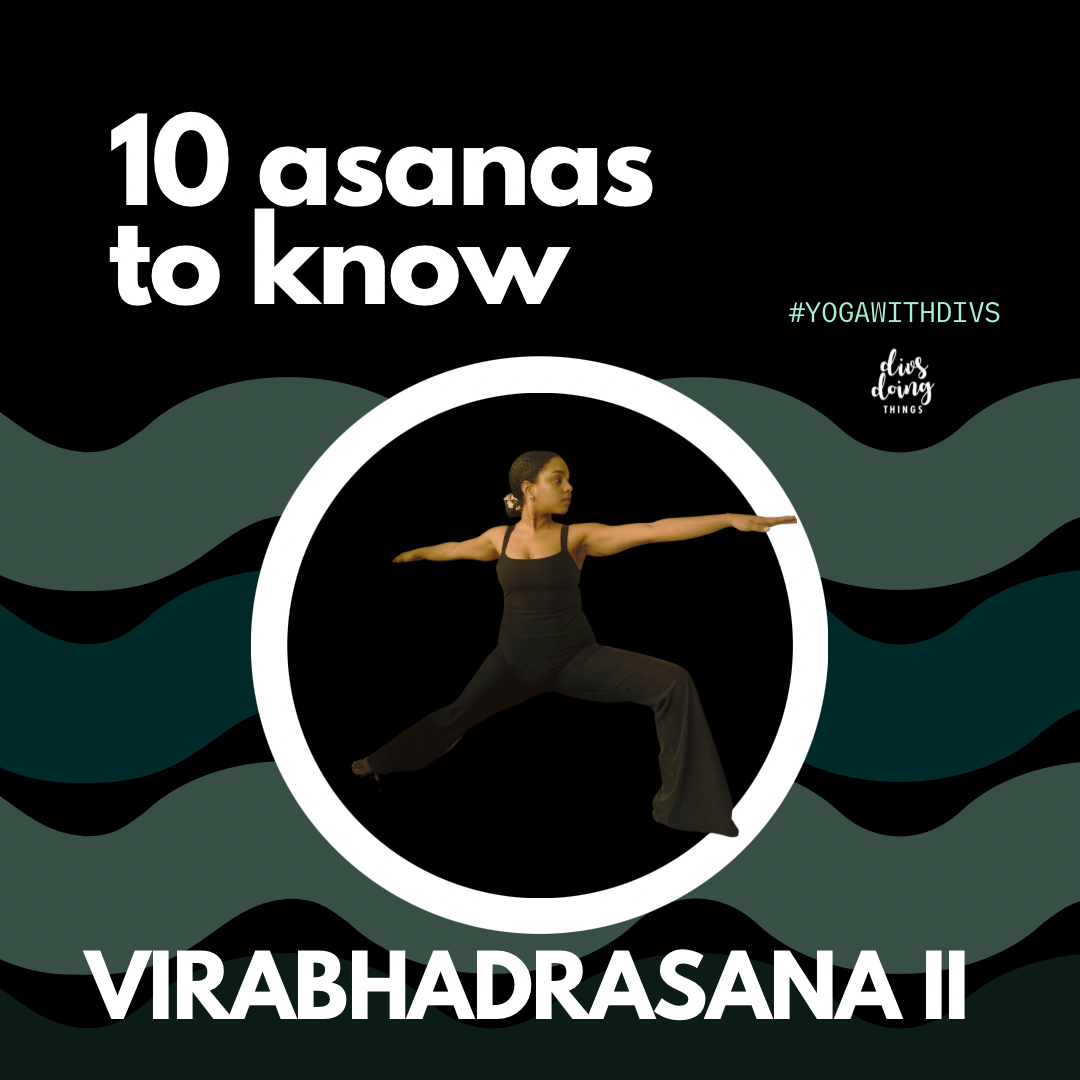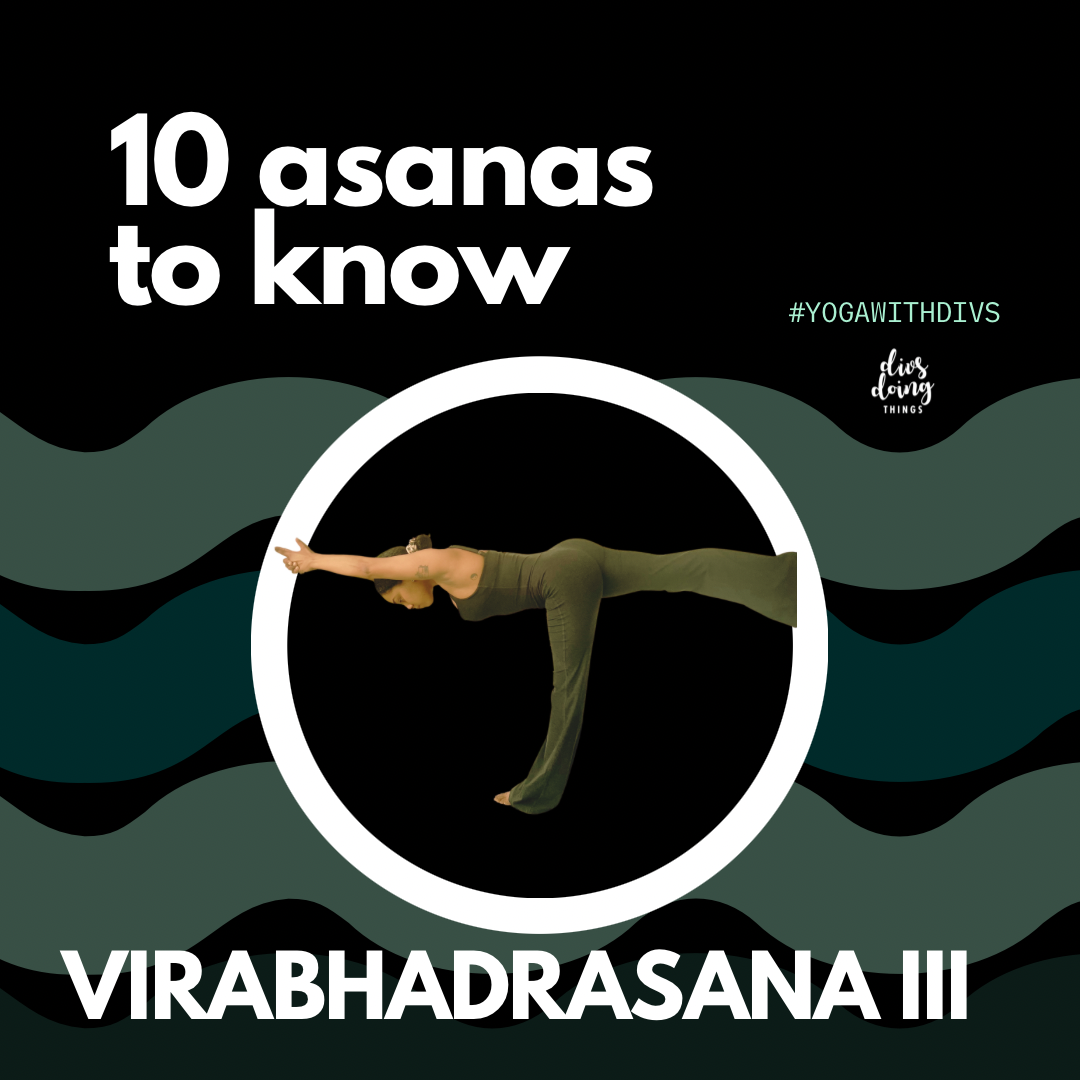10 asanas to know
asana means seat, or more modernly defined as posture. in my teaching I like to talk about how the practice of yoga is not just about asana - how you can sit and focus on the other limbs of yoga and that would be enough. however, I can attest to how difficult sitting with yourself can be. oftentimes I need a more dynamic asana practice before I am able to truly sit in peace with myself.
each asana has a distinct personality with different benefits (we focus on the benefits more acutely in class, but there are images of each after the list), here are 10 of the asanas that I use most in my sequences and why I love them:
SAVASANA: corpse
why I love it: SURRENDER! this pose has been key in regulating my nervous system
SUKHASANA: easy seat
why I love it: my go to asana for meditation practices, also helps me ease into my movement practices
BALASANA: child’s pose
why I love it: relieves lower back tension and has therapeutic benefits for anxiety, depression, and fatigue
TADASANA: mountain
why I love it: improves posture, boost circulation, keeps the body in anatomical “neutral”
URDHVA MUKHA SVANASANA: upward facing dog
why I love it: stimulates the heart chakra allowing for more gratitude, self-acceptance, and love
ADHO MUKHA SVANASANA: downward facing dog
why I love it: “reset” pose in my sequences - it is both a stretching and strengthening asana for the full body
CHATURANGA DANDASANA: 4-limb staff
why I love it: strengthens the core and arms, and it is KEY preparation for some of my favorite arm balances
VIRABHADRASANA I: warrior 1
why I love it: hip flexors!! glutes!! legs!!
VIRABHADRASANA II: warrior 2
why I love it: it is an open hip warrior, therefore I feel both emotionally willing to receive AND strong
VIRABHADRASANA III: warrior 3
why I love it: helped me strengthen my feet and ankles while creating overall balance and stability in the full body
try these out on your own and let me know what you think!

